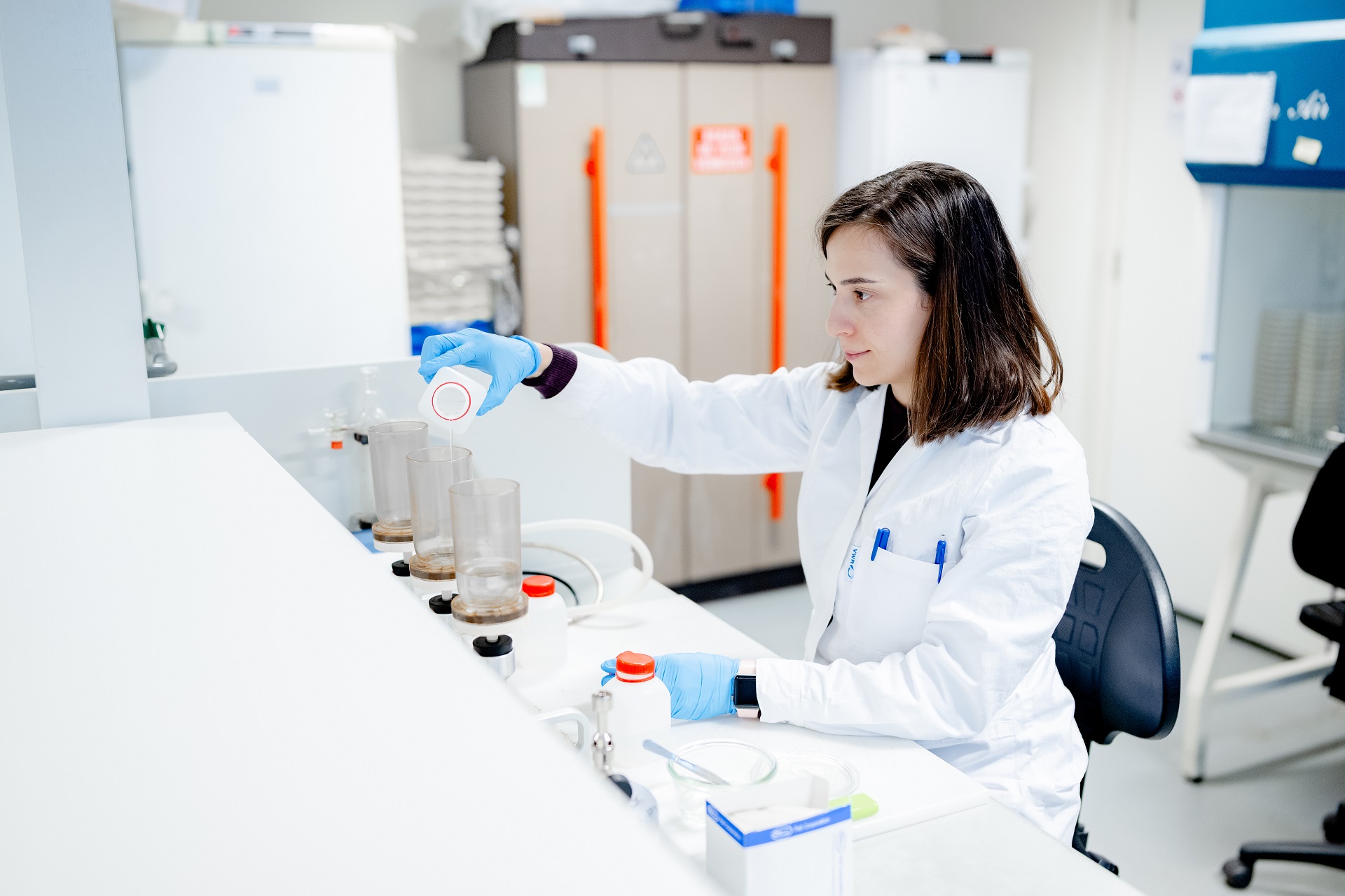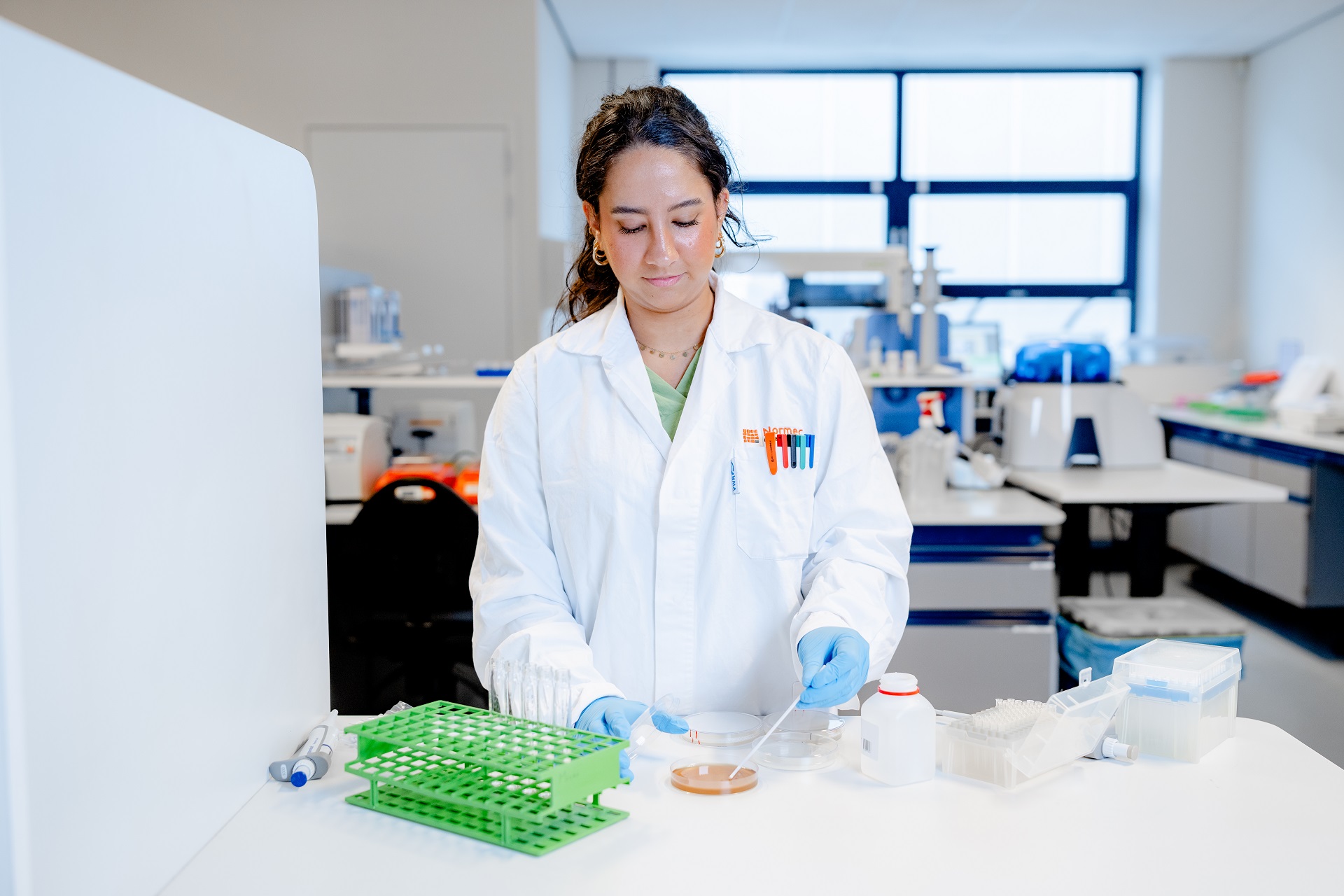
Fungi and bacteria


In the horticultural industry, fungi and bacteria can pose a major threat to food safety. Microorganisms can multiply rapidly and their presence can lead to spoilage of your crops, product loss or even health risks for consumers. It is therefore important to conduct regular microbiological analyses to identify and manage potential risks. For a proper diagnosis, you have come to the right place at the Normec Groen Agro Control laboratory. Do not forget to always send in crop and roots or substrate.
Fungi and bacteria play a key role in breaking down soil organic matter, making essential nutrients available to plants. In the process, a balanced microbial community promotes healthy soil structure and improves water absorption.
Beneficial bacteria can protect plants from pathogen attack through competition for space and nutrients. Also, promoting beneficial fungi, can increase plant resistance to disease.
Certain bacteria can bind nitrogen from the air and make it available to plants, reducing the need for fertilizer. Fungi can work with plant roots to absorb nutrients more efficiently.
With our state-of-the-art laboratory facilities, expert staff and extensive experience, we are your partner for microbiological control. We strive to help you minimize microbial risks and ensure the highest standards of food safety.
We can determine the following types, among others:
| Alternaria | Colletotrichu | Fusarium | Phytophtora |
| Sclerotinia | Botrytis | Cylindrocarpon | Leucocoprinus |
| Pythium | Trichoderma | Chalara | Cylindrocladium |
| Myrothecium | Rhizoctonia | Verticiccium |
We can determine the following types, among others:
| Agrobacterium | Pseudomonas | Erwina | Xanthomonas |
Monitoring microbiology in water is often done on the basis of counting bacteria and fungi, called germ counts in colony-forming units per ml. So that’s counting live microbes in water. So even if it’s disinfected water or you’re dosing a detergent in the drip water, the germ counts represent the micros still alive. For most microorganisms, we have reference values to assess whether it’s exceptionally high or okay for your situation. We like to help you understand what you see. In the appendices you’ll find explanations and the list of parameters, respectively. Water samples for germ count should be submitted in sterile bottles (250ml with red cap)